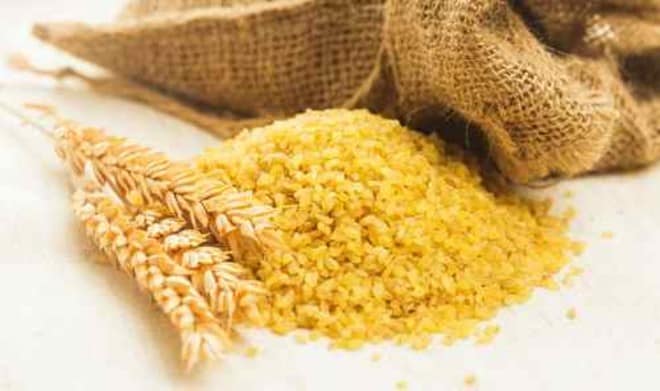The soil is poor and the winters are harsh in Kastamonu, a northern province of Turkey, bordering the Black Sea. But people have cultivated the land there since the Bronze Age, sustaining themselves on a nutrient-dense variety of wheat known as siyez einkorn.
This ancient grain, named for its single kernel structure, is less productive than modern hybrid forms of wheat, but it has significantly higher protein content and is rich in antioxidants, essential fatty acids, and carotenoids. This ‘superfood’ is also resistant to many diseases and pests and can survive in climates that have more than three months of snow cover. Siyez einkorn will flourish where most other wheat can’t survive.
Turkey, a neighbor of the historically bountiful Fertile Crescent, is an essential agricultural partner for the European Union and the largest producer and exporter of agricultural products in the Near East and North Africa. But with the average land holding for farmers in Turkey still between ten and twelve acres, many farmers in Kastamonu continue to practice subsistence farming.
Because it is not generally cost-effective to turn the tightly bound grain into flour, siyez einkorn is commonly processed into bulgur for local human consumption or animal feed. Communal harvest festivals have celebrated the harvest of siyez einkorn for generations and traditional production methods are still employed to process the wheat, though the mills are now powered by electricity.










